The new ZMX Fusion X20 motor is born from the original V series motors like the ZMX Fusion X25. The X20 was designed from the V series motors with a better weight to thrust ratio in mind and it definitely delivers.
$20.95Read more
Motor Information
First off this motor is lighter than the X25 and comes in a slightly shorter housing. The X20 also has a hollow shaft to cut down more weight. This plays a crucial row in the improved thrust to weight ratio. The lower weight also makes it a good candidate for FPV racers. The width of the shaft is still consistent to fit standard prop nuts. On the interior of the motor, the magnets are tightly housed in metallic slots to prevent magnet slips. The windings are nice and tight to allow for a good tolerance. There also no excess glue around the motors. With less weight and fantastic bearings this motor has a much smoother spin than the X25. The attention to detail in this motor and its manufacturing is fantastic. These factor all contribute towards a lighter, more durable motor with better flight performance.
Motor Highlights:
- Improved thrust and lower weight than previous versions.
- Smooth bearings and durable design.
- Sleek aesthetic and style.
Motor Information:
- Weight: 28.35 grams
- Height: 32.93 mm
- Width: 27.66 mm
- Shaft Width: 4.85 mm
- Shaft Height: 14.49 mm
- Tested KV: 2282
The aesthetics of the X20 are stunning. The top of the bell has a clean CNC form with a beautiful purple gloss. The prop nut that comes with the motor has a matching purple gloss as well. Pairing these motors with a lime green prop looks fantastic. The aesthetic design of this motor will let any pilot maintain clean operation without sacrificing style.
A wonderful aspect of this motor is that there are no e-clips. The hollow shaft design allows for a simple hex screw connection. This allows for easy disassembly of the motor and less frustration. This also allows for adjustable bearing calibration. This is the idea but we found it rather difficult to separate the motor bell. Not impossible, but difficult. We would recommend only experienced users to disassemble the motor to prevent any damage.
The mechanical information is important but let’s look at some performance data. The tested KV rating is very close to 2300 making it a relatively low KV motor. Thrust profiles of the motor is very important as the motor operates differently with different loads. The testing is performed on a RC Benchmark 1580 Dynamo-meter with a 30A Little Bee ESC. We also use a fully charged 4S battery rated at 4 amp-hours to power the motor. This way we can get a better idea of how the motor operates with voltage sag. When testing we are primarily concerned with the amps draw, motor efficiency, thrust force and maximum speed. A good motor and prop combo should have a consistent efficiency and a high ratio of thrust to input power. The current draw should be minimal for the return in thrust. From testing this motor operates the best with tri-blade props. Using 4 bladed props showed some issues in testing. When hitting a high throttle with the 4 blades a odd harmonic distortion was heard. This is believed to be due to possible motor slippage and shows in the data. Below is some testing data for performance across common 5 inch props.
Motor Testing
The motor tested well on 5 inch, HQ 5x4x4, props. While the number show a lot of good performance there was a consistent issue during testing. Between 600g and 800g of thrust there are some odd harmonics and some rotation issues. This causes some efficiency issues and some increased burst current. This was consistent across multiple motors and other 4 bladed props. Because of that issue we cannot recommend this combination for in flight users.
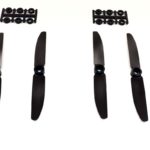
Test Data
- 3.43 average thrust to input power ratio.
- 37,551 maximum rpm.
- Full throttle thrust of 634 grams of force.
- Maximum current draw of 13.7 amps.
- Efficiency between 60% and 95% in general operating region.
The Racekraft 5050 has become very popular in the drone scene. Sadly the prop under-performed with the X20. The motor itself faces a lower efficiency with this prop and has the lowest thrust return for input power. It was also the only 3 bladed prop we tested that induced the same odd harmonics with our 4 blade prop test. On top of that it draws more current than most of the other three blade quads. We would not recommend this propeller with the X20.

Test Data
- 2.64 average thrust to input power ratio.
- 29,163 maximum rpm.
- Full throttle thrust of 808 grams of force.
- Maximum current draw of 29.2 amps.
- Odd efficiency in operation, but generally tends to be lower around 50%.

About Me:
I joined Quad Questions with the intent to test and rate common components in use. I am a senior electrical engineering student at the University of Colorado in Denver and recently became fascinated with drones. Some buddies of mine showed me the new FPV racing scene and I was interested since. I love to dive into technology and figure out all the functions and their strengths and weaknesses. This passion led me to Quad Questions where I can test the latest and greatest tech on the market and let you all know how it performs. I look forward to publishing more data as components come in.


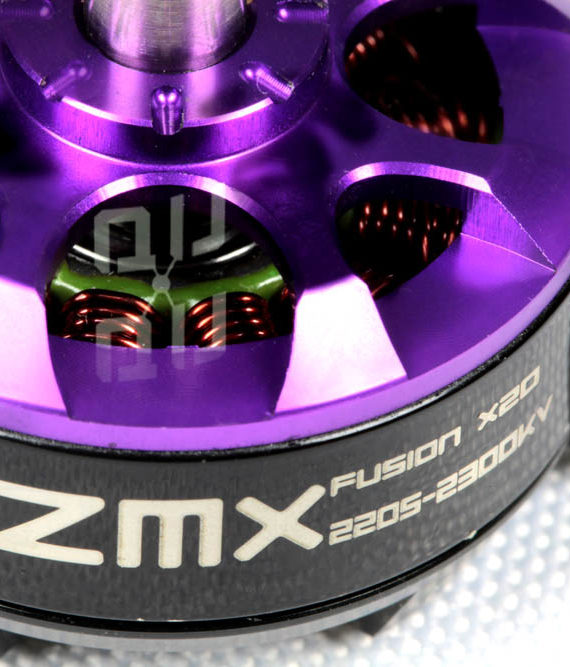
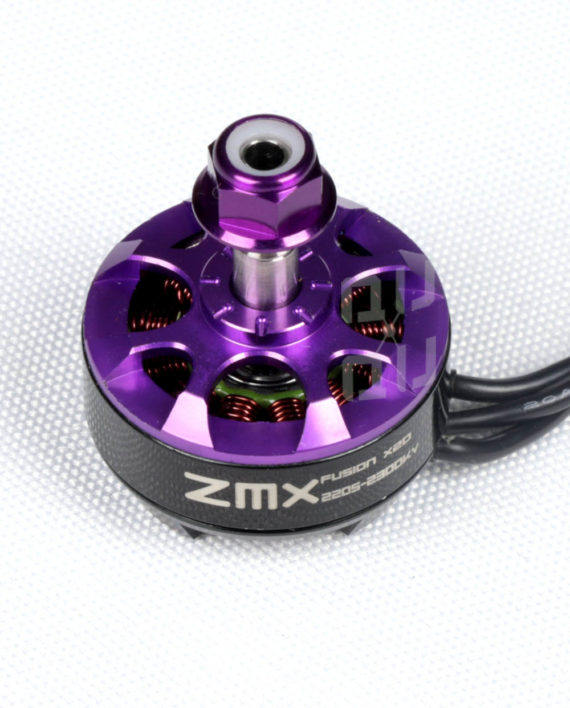


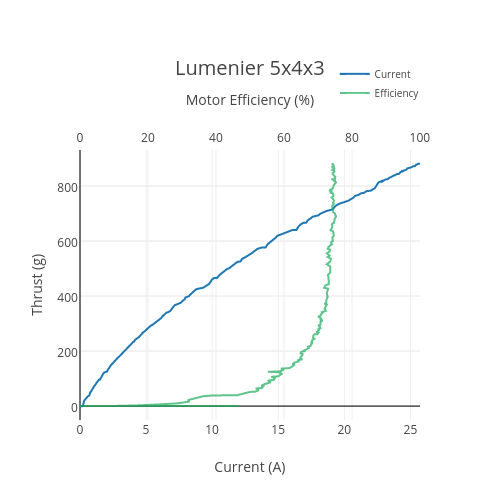
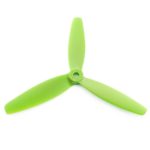
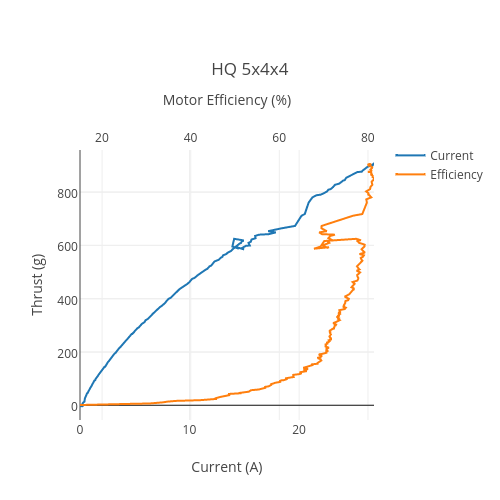
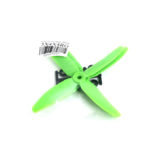
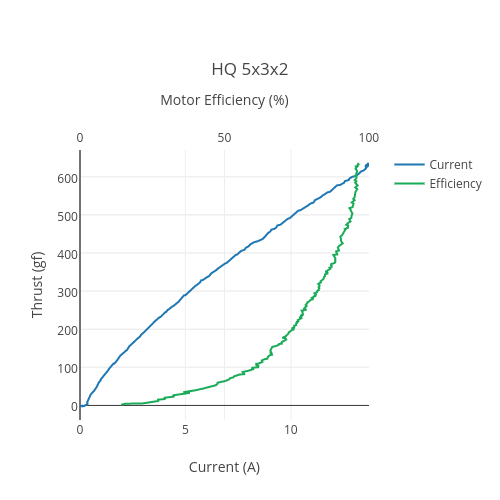
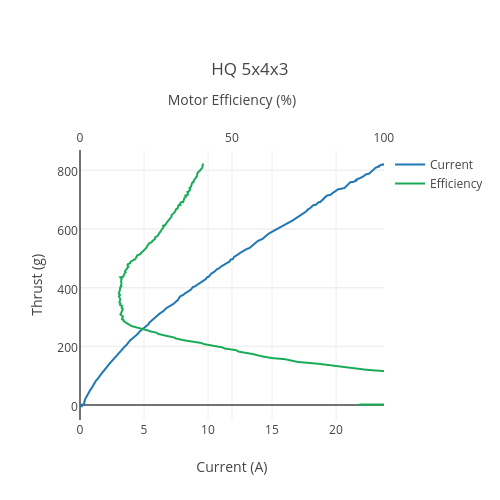

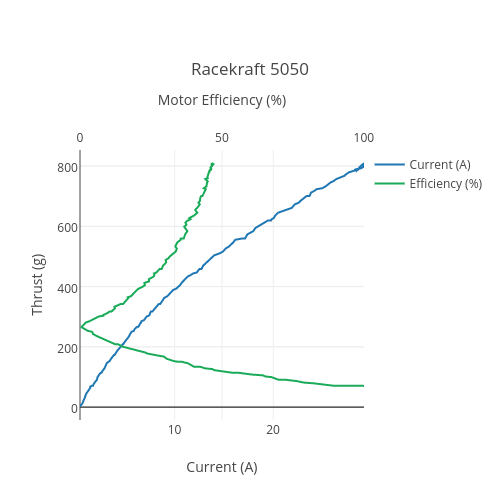
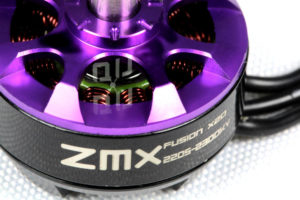
QQ 190 T-Motor MN2205 2400kv Motor Test and Review - Quad Questions
[…] A Review of the ZMX Purpletop x20 2300KV Motors […]